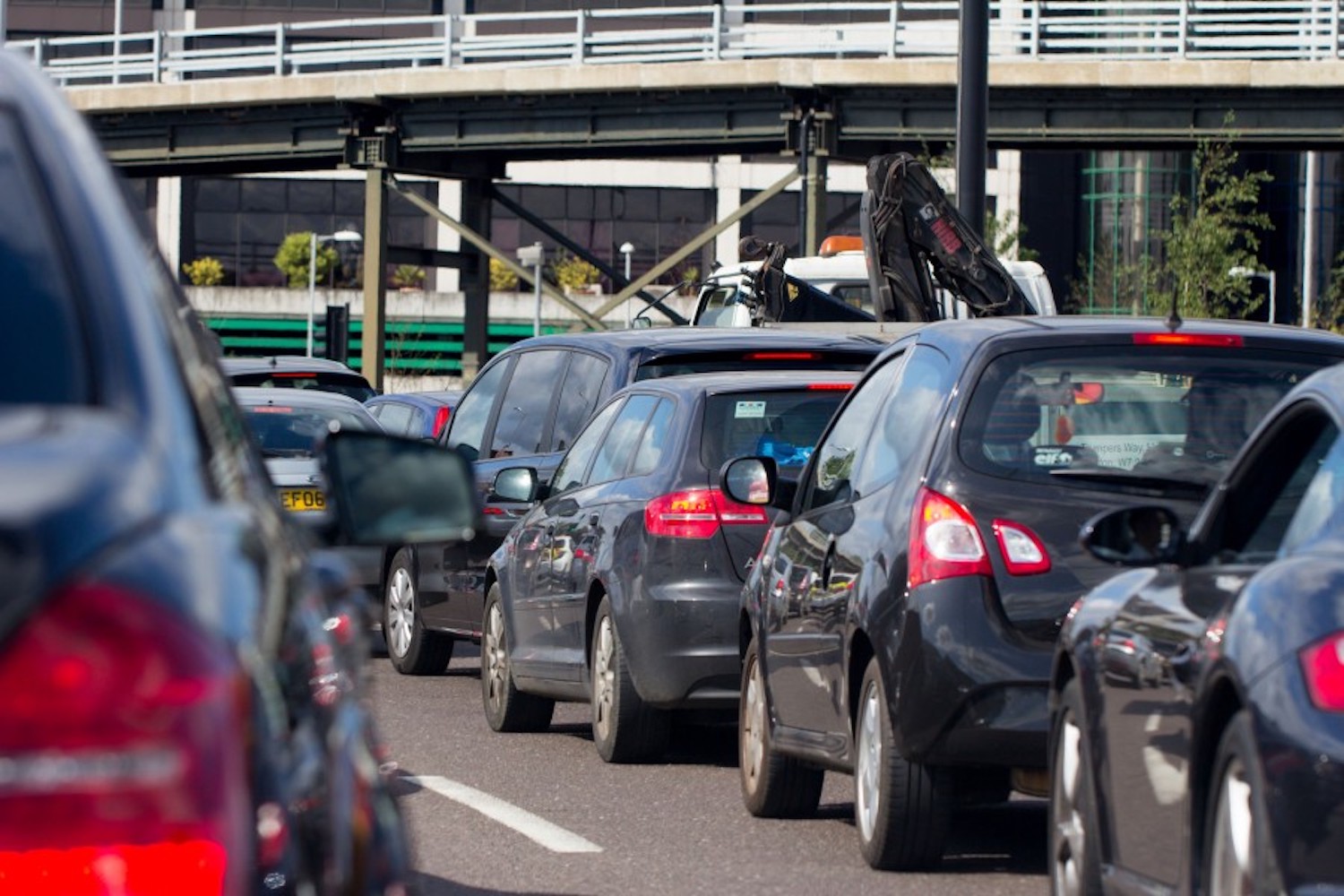The European Parliament has voted through measures that will see car makers forced to comply with much tougher emissions checks.
Real-world driving emissions tests
The latest vote will, eventually, close off a loophole that allowed car makers to exceed the official limits on nitrogen oxide emissions because current engine technology wouldn't meet the stringent Real-world Driving Experience (RDE) checks.
A little background at this point might be helpful. In the wake of the 'Diesegate' scandal over emissions cheating, the EU introduced two new official tests for cars. One, the WLTP test, was a new laboratory test aimed at providing more realistic (and harder to cheat) results for fuel economy and emissions.
The second test, the RDE one, was to move car testing out of the lab and onto the road, to get a truly realistic test for the emissions of an engine when it's actually being driven, as opposed to being operated under scientific conditions. There was a particular focus on nitrogen oxide emissions (NOx), the gases at the centre of Dieselgate and the ones which are reckoned to cause hundreds of thousands of deaths every year through respiratory illness.
The car makers protested the new RDE test, saying that they needed time to improve engine technology and emissions control systems to be able to meet the new requirements.
Conformity factor
Fair enough, said the EU - you can have what's known as a 'Conformity Factor.' Essentially, this is licenced cheating, allowing cars to exceed the official threshold for NOx emissions but only by a certain amount. Basically, it meant that you could still pass the test even if your car emitted NOx at levels 2.1 times the official 80mg/km limit, although that amount was reduced on a sliding scale since.
The vote this week will now see that conformity factor removed. Immediately, it will be cut from the current 1.43 conformity factor to 1.32 (which means you can still pass the test if your car emits NOx at a rate of 105.6mg/km) and that: "it should be gradually reduced and cease to apply by 30 September 2022, after which only the raw data from tests carried out under real driving conditions would be used to determine compliance with EU emission limits."
Important to show ambition
Following the vote, Parliament's rapporteur on the file, Esther De Lange, said: "Today's outcome is based on a broad agreement between the political groups. We have to be realistic about the discrepancy between emissions measured in laboratories and those measured in real-driving conditions by taking into account statistical and technical uncertainties linked to these measurements. At the same time, it's important to show ambition by gradually lowering the value for the conformity factor through annual downward revisions, based on the scientific assessments of the Joint Research Centre."
The car industry hasn't yet responded to the vote, but the environmental lobby sure has - Alex Keynes, clean vehicles manager at eco-think-tank Transport & Environment, said: "Allowing carmakers to pollute more because their cars are polluting is like telling the police to stand down because the robbers are already in the bank. The health of thousands of Europeans is at risk because of air pollution. Carmakers have the means to meet nitrogen oxide limits in the real world, so this scandalous exemption must be stopped without further delay. Carmakers should invest their time and energy producing zero-emission vehicles, rather than lobbying for exemptions to continue to pollute in our streets. Member states must show the way and abolish the conformity factor as soon as possible."

